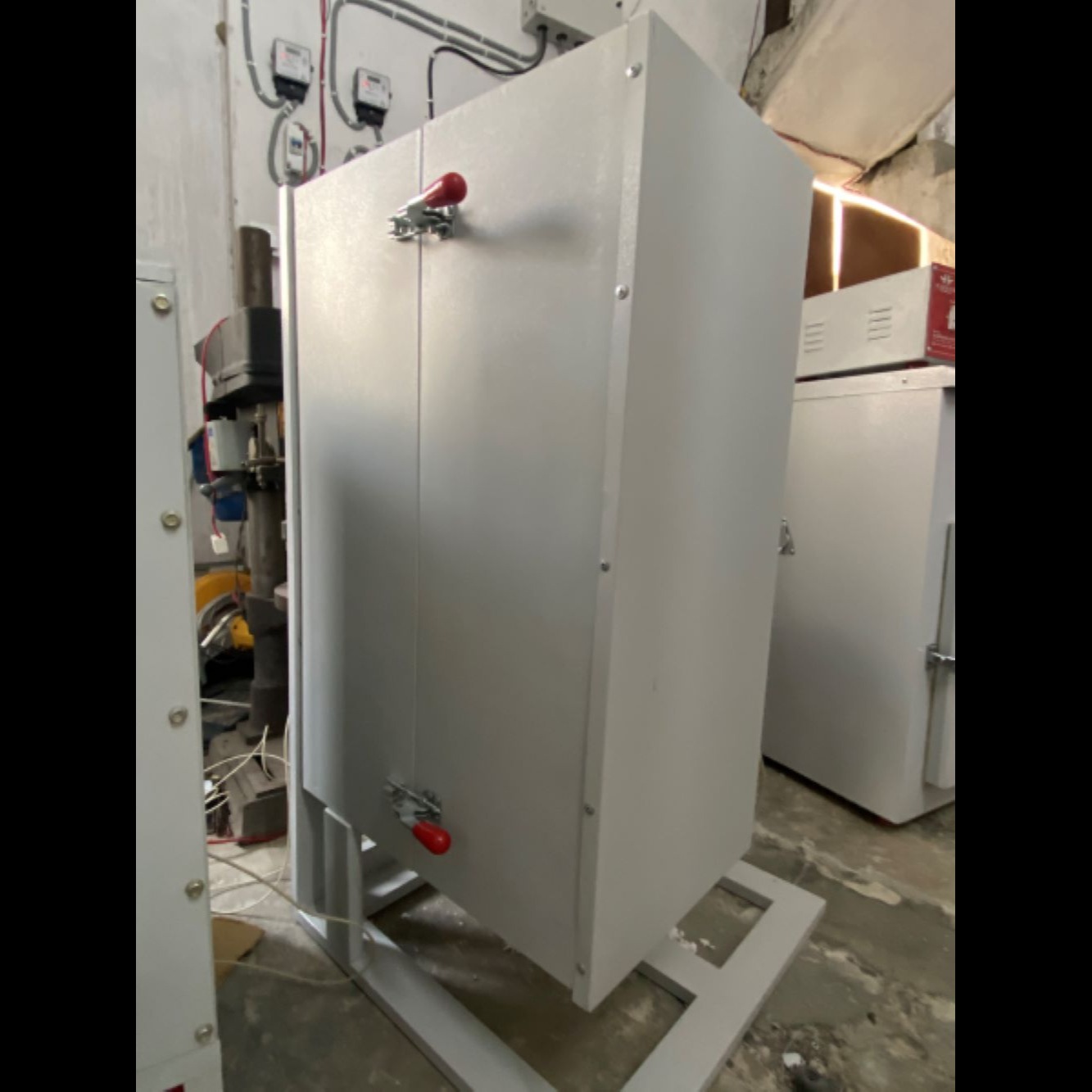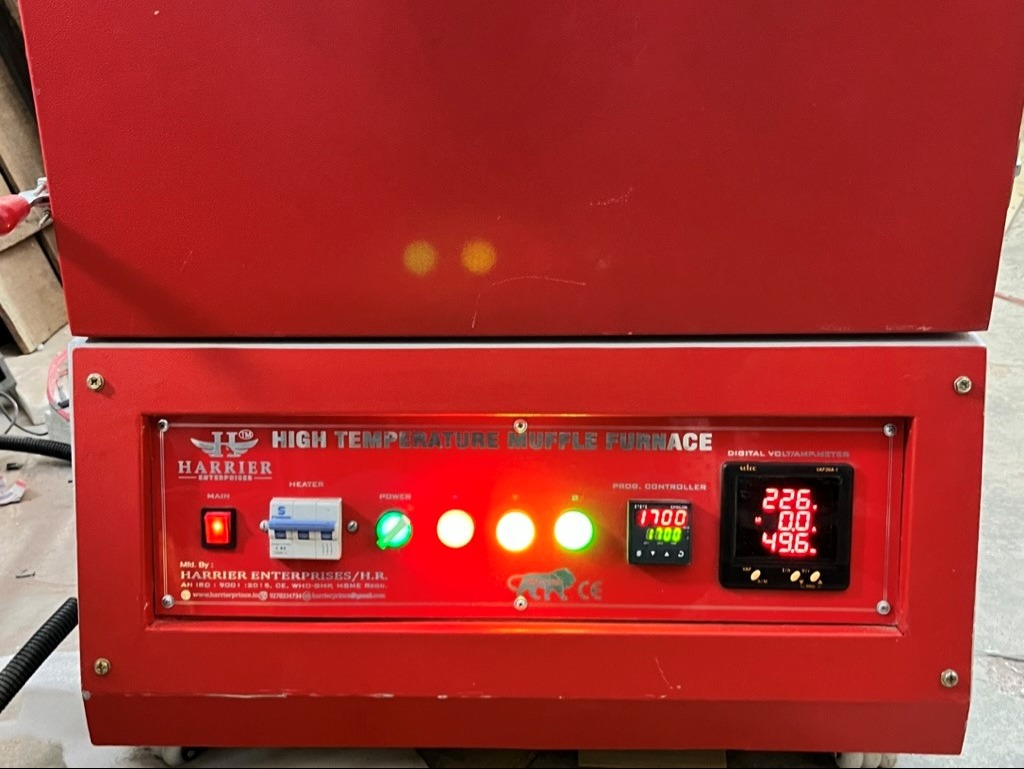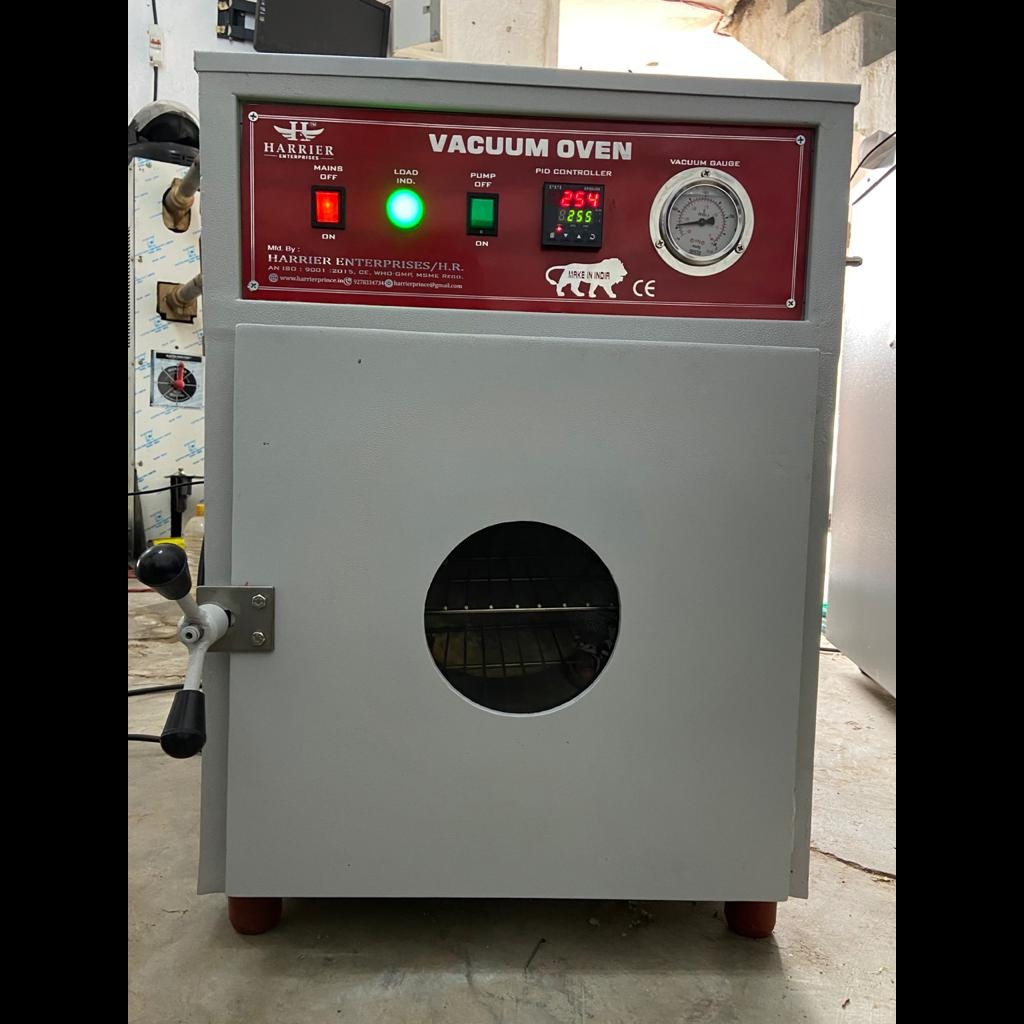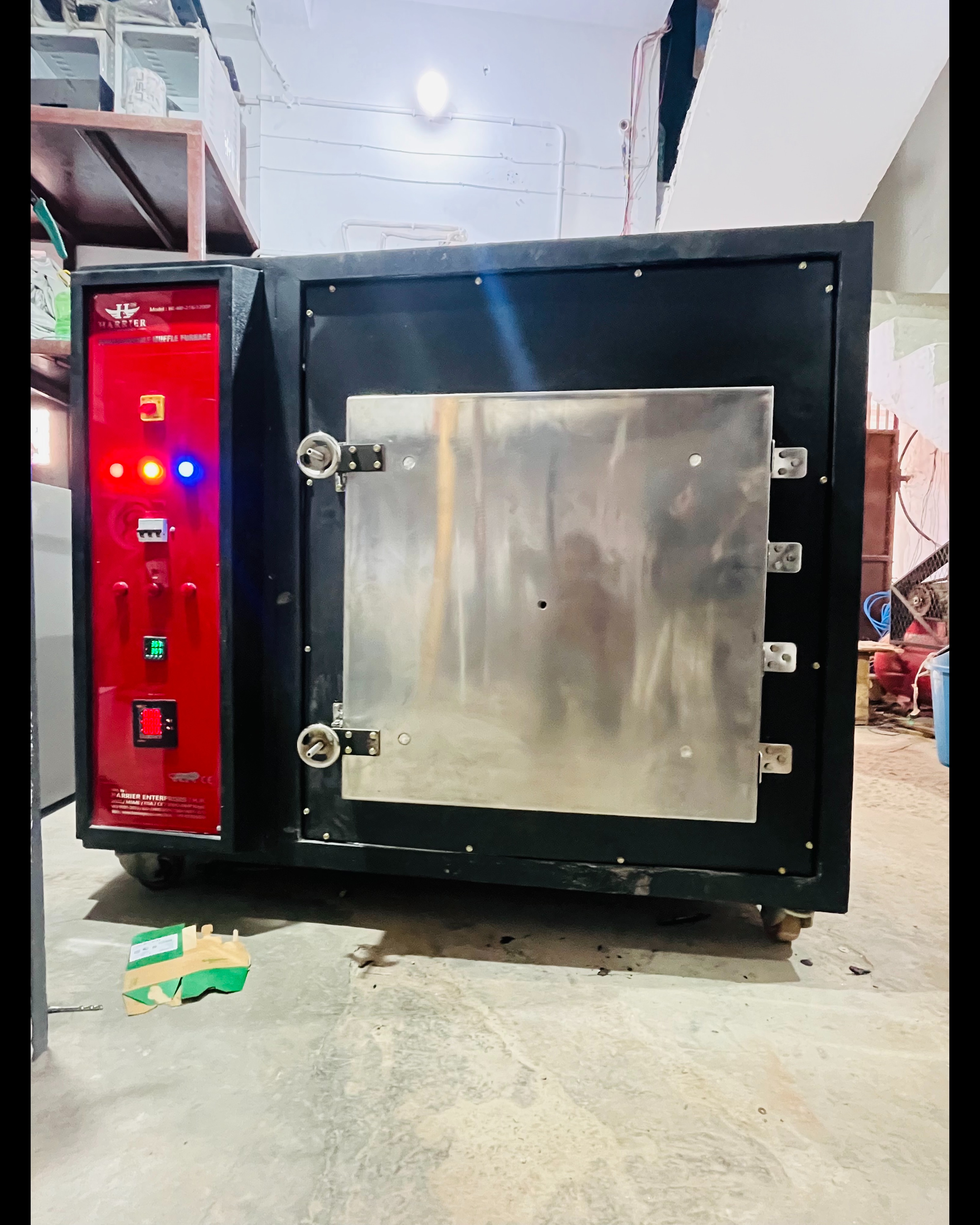
A Vertical Split Tube Furnace is a specialized high-temperature furnace often used in laboratories and industrial processes. It combines the benefits of vertical orientation with a split (hinged) design. Here's a breakdown of its key advantages:
🔧 1. Easy Access & Loading (Split Design)
The split tube (hinged opening) allows for easy placement and removal of samples, tubes, or crucibles.
Especially useful for fragile or long items like quartz tubes.
Minimizes risk of breaking the tube during setup or removal.
🔄 2. Vertical Orientation Benefits
Ideal for gravity-assisted processes, such as:
Crystal growth
Zone refining
Material deposition (CVD, ALD)
Reduces contamination by minimizing contact with surfaces.
Prevents sagging of tubes at high temperatures (which can happen in horizontal setups).
🌡️ 3. Uniform Temperature Zone
Provides a uniform heating profile over a defined length.
Excellent for processes that require consistent temperature gradients (e.g., sintering or annealing).
💨 4. Improved Gas Flow Dynamics
Vertical configuration improves laminar gas flow, useful in:
Gas-phase reactions
Inert atmosphere processing
Minimizes backflow and contamination.
🛠️ 5. Maintenance-Friendly
The split design makes it easier to clean, inspect, or replace internal components.
Quicker maintenance reduces downtime.
🔒 6. Safety
Easier to insert and support heavy or fragile materials vertically without risk of lateral displacement.
Less chance of hot samples rolling out or falling, compared to horizontal setups.
🧪 Common Applications:
Thermal treatments (annealing, calcining)
Material research
Crystal growth
Thin film deposition
Semiconductor processing


